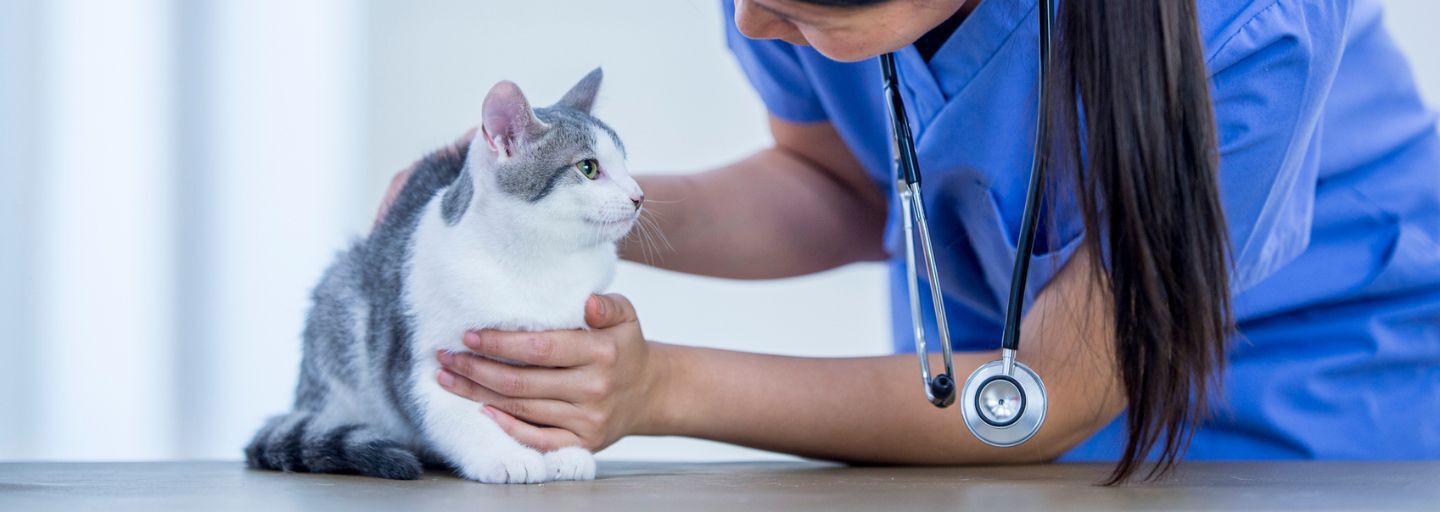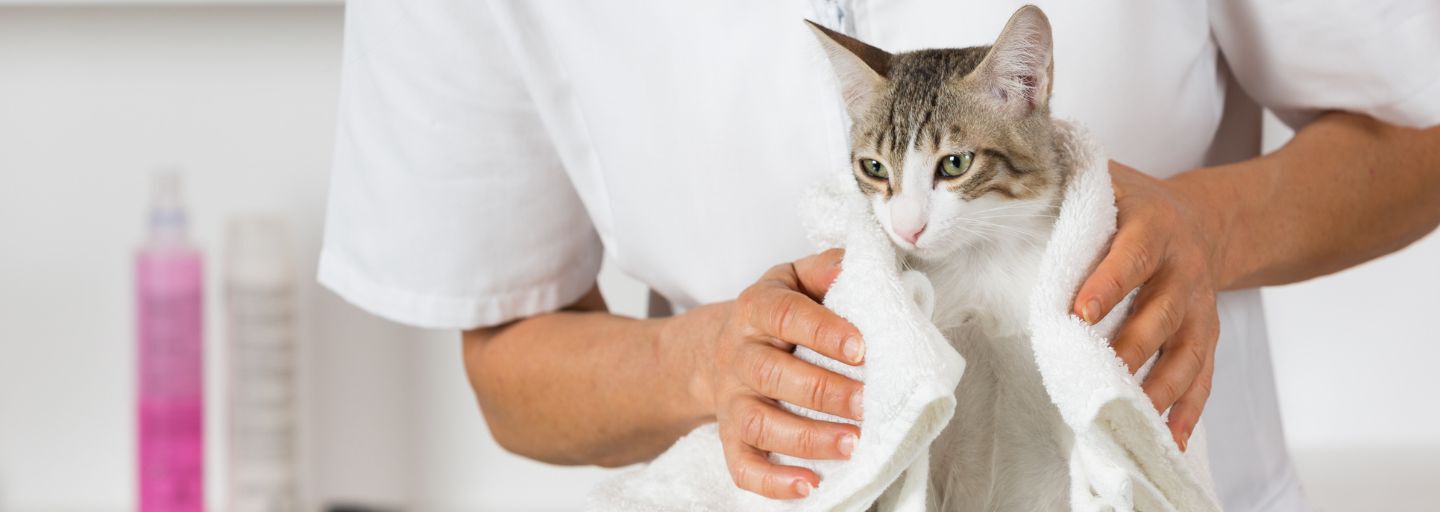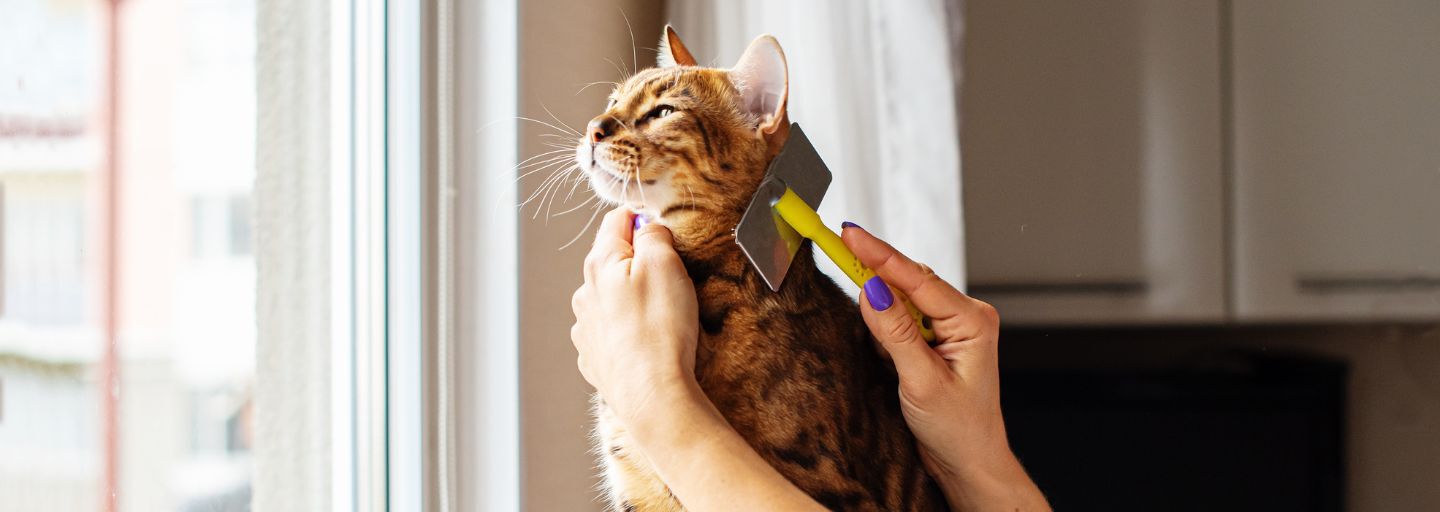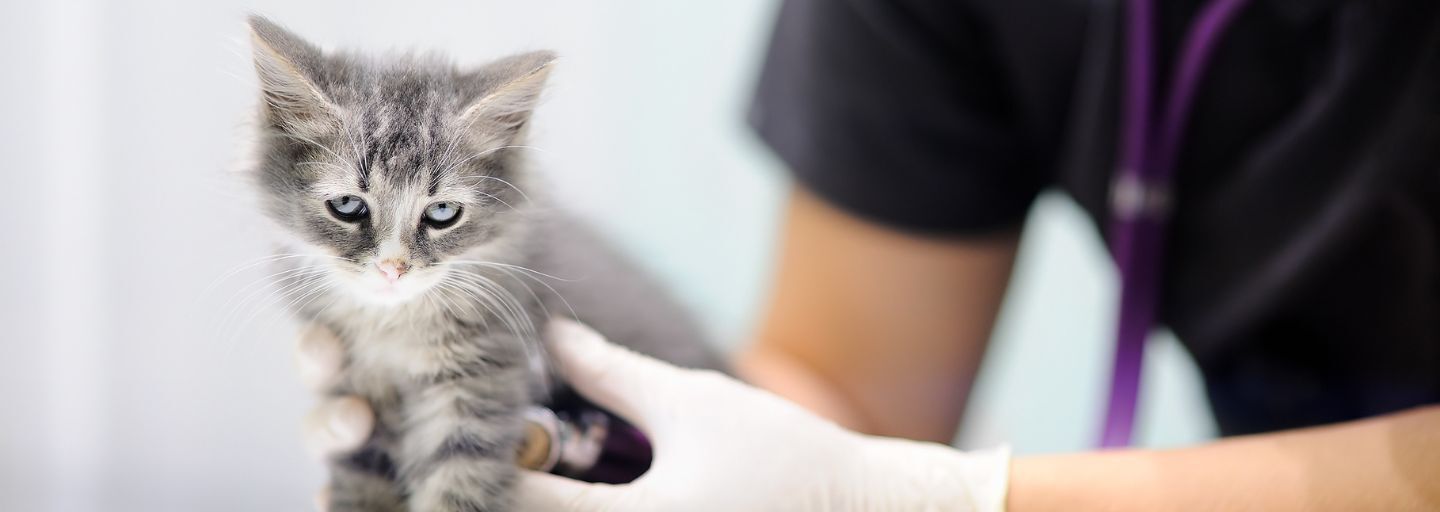As a cat owner, you'll know felines are extremely thorough when it comes to their grooming routine. They spend hours each day cleaning their faces and maintaining their coats. This also means they swallow a lot of hair, which can develop into hairballs or "fur balls".
Normally, most of the swallowed hair is expelled through the cat's digestive system in their stools. Hairballs commonly occur when hair accumulates in a cat's stomach or small intestine, forming a dense ball or mat that can't be passed. Often, this ball is then vomited up.
Hairballs are actually one of the most common reasons why cats vomit. The "hacking" you may notice when your cat is bringing up a hairball may be gagging or retching, as the cat tries to vomit the hairball. Other signs of hairballs in cats are related to the digestive system; these include vomiting, loss of appetite, or constipation.
While it's normal for a cat to have the occasional hairball, a buildup of them can be dangerous. Hairballs can block the intestinal tract, making it impossible for cats to either vomit or expel them through their digestive tract. Hairballs are one of the most common impactions (when something is “stuck” in the digestive tract) diagnosed by veterinarians.
Signs of a major hairball problem and possible impaction include:
- Retching
- Inability to defecate
- Diarrhoea
- Loss of appetite
- Swollen abdomen
If your cat is displaying any of these signs, you should see your veterinarian immediately.
We suggest you don't use homemade products containing butter or oils. These can cause other digestive problems or be absorbed by the cat's system before they have a chance to work.
If hairballs are a chronic issue for your cat, we recommend a change of diet. A cat food specifically formulated to control hairballs can assist with their condition, providing high dietary fiber to help move the excess hair through the cat's digestive system and into the litter box, while ensuring your cat still gets the essential nutrients they need to stay healthy.
A range of special products has been developed by Purina nutritionists, including PURINA ONE Advanced Hairball Control, PURINA PRO PLAN Hairball Management, and PURINA SUPERCOAT Furball Salmon Formula.
Bathing and grooming your cat can also assist with the prevention of hairballs.







